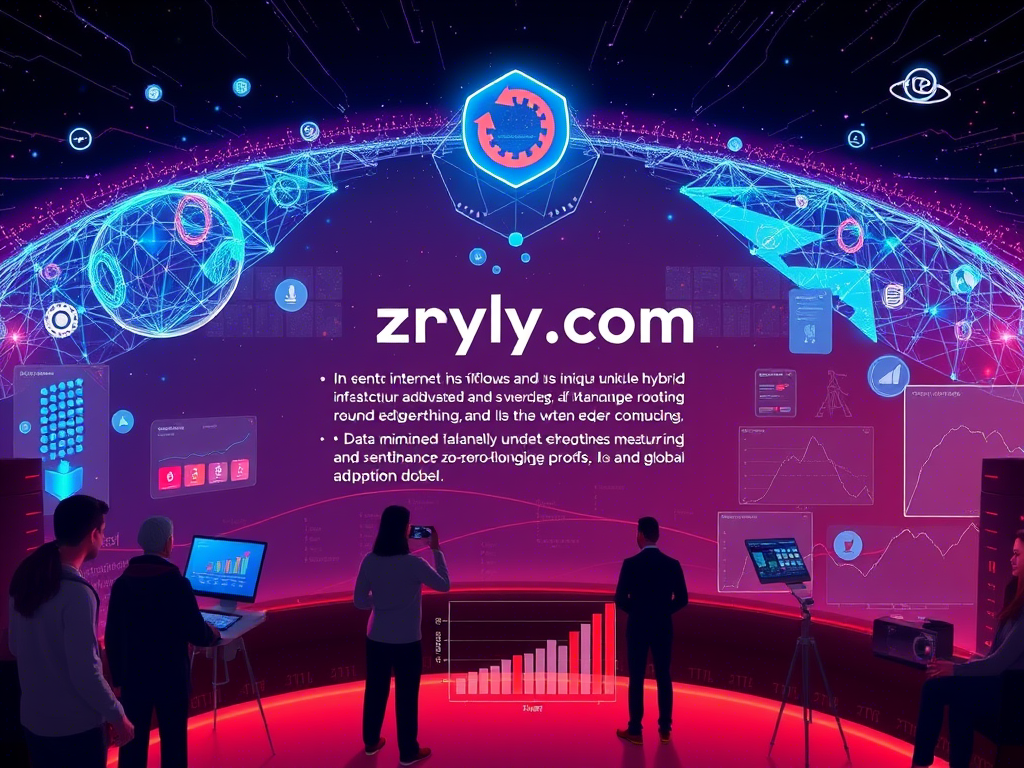
Nonprofits are organizations that aid the community in achieving a goal. It is wonderful to hear that someone has decided to help the community and fight for a greater cause. However, as things stand, it can be quite challenging to start a nonprofit organization.
It’s true that the process can be overwhelming, but it doesn’t make it less worthwhile. Below we will walk you through the steps to get you started on your journey to becoming a successful nonprofit organization.
Do your Research
Right off the bat, find out if there is an existing nonprofit in your community that shares the same motto, values, and ideas as you. If there is, you might consider joining them to bring your ideas together and make a greater impact on the community.
Doing thorough research will help you determine whether starting a nonprofit is the right course of action for you. After you conduct your research, you can then move on to the next important step which is finding the right name for your nonprofit.
Name your Nonprofit
Your nonprofit’s name will help you communicate your purpose and goals better. To avoid any problems with trademark infringement laws, avoid names that are the same or have a great likeness to those of other nonprofits.
Your nonprofit’s name will represent your organization for many years to come and will usually be the first impression volunteers and donors get from your brand. Consulting with other members and brainstorming ideas are great ways to find the right name that will communicate the organization’s message.
In addition to that, create a user-friendly website that communicates your goals to other people and makes it easily reachable by working with marketing experts that can optimize your website for search engines.
Make a Business Plan
Without an engine, no vehicle can run. In business terms, that engine is your business plan. Templates are available to help you if you don’t have experience in creating a business plan. A non profit business plan will help you put your strategy on paper and get you ready to handle any obstacles that might come up once your nonprofit is established.
Additionally, it is easier to pitch new ideas and solicit donations from other institutions if you have a concise business plan.
These points should be included in your business plan:
- Executive summary;
- Overview of the organization;
- Services, products, and programs;
- Marketing plan;
- Operations plan;
- Financial plan;
- Management team;

Make Sure you Build your Board Correctly
To make your dream come true, it takes teamwork. This journey will continue to change and grow your board. You should seek out people with previous board experience and expertise in areas such as finance, communication, and planning.
However, recruiting is only one aspect of an organization’s overall success. You should provide proper education, training, and orientation to your newly appointed members. Sometimes, board members are not paid for their services, so they invest their own money to help the organization. It’s also important that your board members are driven by the motto and goals of your nonprofit.
Incorporate Your Company
Many nonprofits choose to incorporate their organization to enjoy the tax exemption options that the state offers.
The Secretary of State’s Office houses the State’s Corporate Filling Division. You will find samples of articles, laws regarding nonprofit organizations, and instructions for finding the right business name. Once your name is verified, you can apply for an Employer Identification Number.
File for Federal Tax Exemption
The government can help with tax exemptions for nonprofit organizations and the additional funds of your nonprofit organization can be delegated to those who need it the most.
After 27 months, you can apply for 501(c)(3) status. You will enjoy tax deductions, the ability to grant money, and exemptions from income and property taxes with the status.
Branding is Essential
Good nonprofit branding can unite all your stakeholders and help you stand out. It also helps get your message across and increase the trust among your audience which is essential for successful fundraising and increased engagement.
A brand is much more than its visual identity. Make sure you know how to communicate that with a mix of verbal and visual features and other design elements.
It is important to consider your audience when building a brand. This will allow you to tailor your communications to their needs.
Final thoughts
Every day, more people are trying to make the world a better place. They invest their time, love, and energy in order to achieve that goal. This checklist will help make your nonprofit journey easier and create a brighter future. It is important to remember that obstacles may come up, but don’t lose heart. The end result is always better than the daunting journey.


















